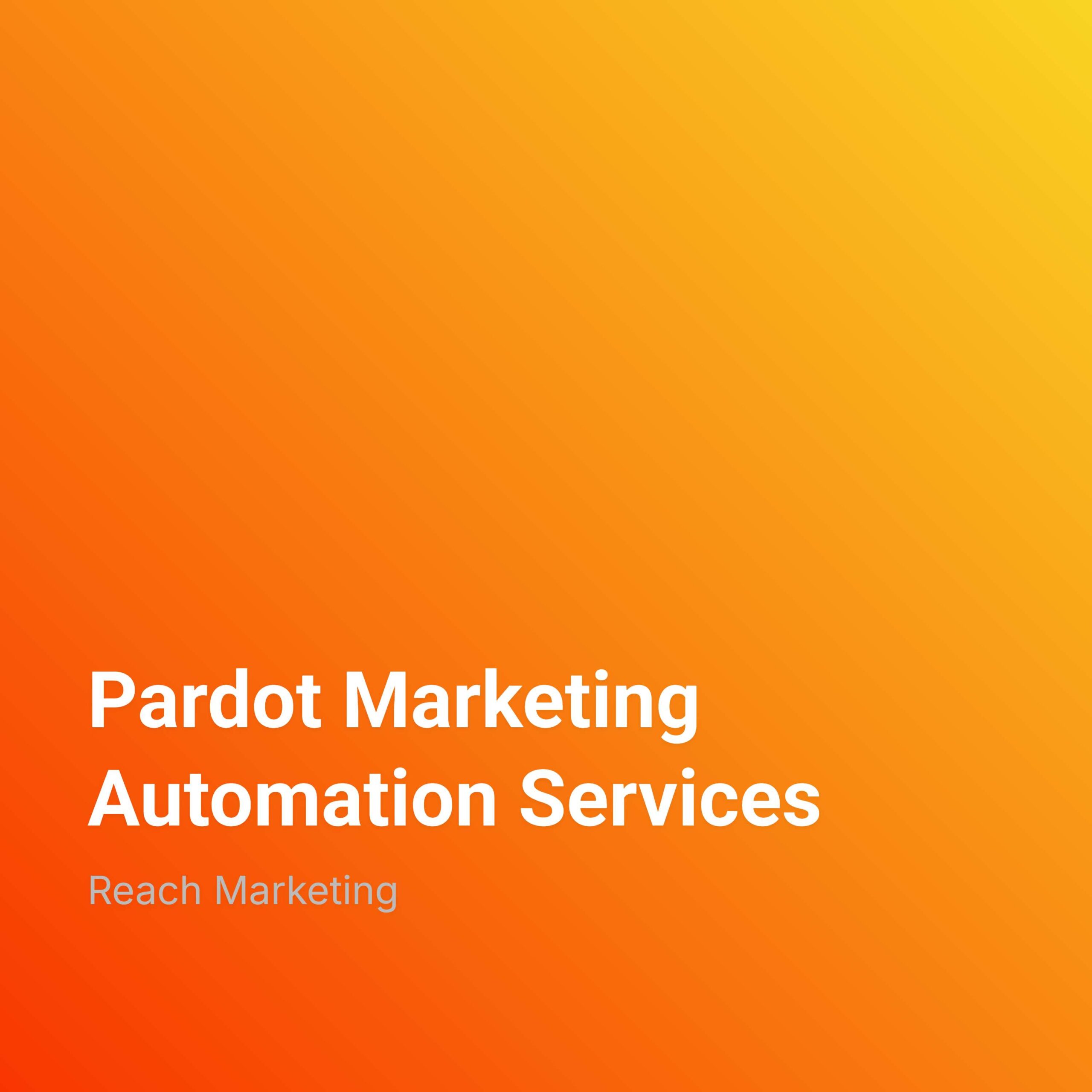Understanding B2B Lead Generation: A Detailed Table of Contents
Source: Excerpts from “How To Generate B2B Leads” by Lauren Popek, Marketing Director (Reach Marketing LLC)
I. Introduction to B2B Lead Generation
- The Importance of B2B Lead Generation: This section emphasizes the significance of generating high-quality B2B leads for driving sustainable business growth. It sets the stage for the guide’s in-depth exploration of effective lead generation tactics.
- Overview of the Guide: This part provides a concise outline of the topics covered in the guide, offering readers a clear roadmap for understanding the key components of a successful B2B lead generation strategy.
II. Identifying and Understanding Your Ideal Customer Profile (ICP)
- Defining the ICP: This section stresses the importance of defining an Ideal Customer Profile (ICP) as the foundation for B2B lead generation, outlining the specific characteristics and behaviors of companies that benefit most from your solutions.
- Researching Customer Segments: This subsection delves into the process of investigating your best-performing customers to identify common characteristics, ultimately informing targeted lead generation efforts.
- Using Demographic Appends: This subsection explores the benefits of enriching customer profiles with data appends to gain granular demographic insights, enabling the creation of highly targeted and resonant campaigns.
III. Developing a Multi-Channel Outreach Strategy
- Importance of a Diversified Approach: This section underscores the need for a multi-channel outreach strategy to effectively engage decision-makers across various platforms.
- Email Marketing: This subsection emphasizes the enduring effectiveness of email marketing in B2B lead generation, particularly when paired with segmentation and personalization techniques.
- Segment Your List: This part explains the value of grouping leads based on shared characteristics to deliver targeted email campaigns addressing specific needs.
- Personalize Your Messaging: This part highlights the impact of personalized emails, including addressing recipients by name and referencing specific business challenges, on conversion rates.
- LinkedIn Outreach: This subsection positions LinkedIn as a crucial platform for connecting with B2B decision-makers, advocating for a combined organic and paid strategy.
- Engage with Content: This part stresses the importance of sharing valuable content on LinkedIn to establish thought leadership and maintain brand visibility.
- LinkedIn Ads: This part explores the use of LinkedIn Sponsored Content and InMail to reach professionals aligning with your ICP through precise targeting options.
- Pay-Per-Click (PPC) Advertising: This subsection advocates for PPC campaigns as a means of capturing high-intent leads through strategic keyword targeting.
- Keyword Research: This part emphasizes the selection of keywords that align with your target market’s pain points and desired solutions.
- Retargeting Campaigns: This part explains the value of retargeting ads for re-engaging website visitors, particularly relevant in B2B due to extended buying processes.
IV. Leveraging Content Marketing to Educate and Attract Leads
- Positioning Your Brand as an Authority: This section highlights the role of high-value content in establishing your brand as an industry authority, building trust with B2B prospects.
- White Papers and eBooks: This subsection focuses on the effectiveness of white papers and eBooks as top-of-funnel content, attracting leads seeking knowledge and using gated forms to collect valuable information.
- Case Studies: This subsection emphasizes the power of showcasing customer success stories to validate your expertise and demonstrate the tangible impact of your solutions.
V. Using Marketing Automation to Streamline Lead Nurturing
- The Role of Automation in Lead Nurturing: This section underscores the importance of marketing automation in efficiently nurturing leads and guiding them through the sales funnel.
- Lead Scoring: This subsection explains how assigning scores to leads based on their behaviors enables sales teams to prioritize warmer prospects.
- Automated Drip Campaigns: This subsection explores the use of automated drip campaigns to deliver targeted content at different stages of the buyer’s journey, ensuring consistent engagement and nurturing interest.
VI. Implementing Account-Based Marketing (ABM)
- Targeting High-Value B2B Leads: This section presents Account-Based Marketing (ABM) as an effective strategy for personalizing marketing and sales efforts towards specific, high-value accounts.
- Define Target Accounts: This subsection focuses on identifying a select group of companies that perfectly match your ICP and represent high-value prospects for your ABM strategy.
- Personalized Content: This subsection highlights the importance of crafting tailored messaging and content that directly addresses the unique pain points and goals of each targeted account.
VII. Using Data Analytics to Measure and Optimize Lead Generation Efforts
- Data-Driven Decision-Making: This section emphasizes the crucial role of data analytics in B2B lead generation, enabling informed adjustments and continuous improvement.
- Track KPIs: This subsection stresses the importance of tracking Key Performance Indicators (KPIs) such as conversion rates, cost-per-lead, and time-to-conversion for valuable insights into campaign success.
- A/B Testing: This subsection promotes experimentation with different messaging, visuals, and calls to action (CTAs) through A/B testing to determine what resonates best with the target audience.
- CRM Integration: This subsection advocates for connecting your Customer Relationship Management (CRM) system to your lead generation efforts for real-time insights and comprehensive lead journey tracking.
VIII. Optimizing Your Website for Lead Conversion
- Beyond SEO Optimization: This section highlights the importance of optimizing your website for conversion, ensuring a user-friendly experience that effectively turns visitors into qualified leads.
- Clear CTAs: This subsection emphasizes the need for clear calls to action (CTAs) on each page, strategically guiding visitors toward desired actions without overwhelming them.
- Landing Page Optimization: This subsection advocates for using dedicated landing pages for each campaign, matching visitor intent with relevant offers and incorporating credibility-building elements like testimonials and case studies.
- Implement Chatbots: This subsection explores the value of chatbots in answering common questions, capturing visitor information, and qualifying leads directly on your website.
IX. Engaging in Targeted Retargeting Efforts
- Reaching Interested Leads: This section focuses on the power of retargeting to reach leads who have previously shown interest but haven’t converted.
- Display Ads: This subsection describes the use of display ads to target individuals who have visited specific pages on your website, such as product pages or demo sign-up pages.
- Social Media Retargeting: This subsection explores leveraging platforms like LinkedIn and Facebook for retargeting campaigns, displaying ads to users who have interacted with your brand but haven’t yet converted.
X. FAQs on B2B Lead Generation
- B2B vs. B2C Lead Generation: This section clarifies the distinction between B2B and B2C lead generation, highlighting the longer buying process and involvement of multiple decision-makers in the B2B context.
- Evaluating Lead Generation Strategy Effectiveness: This section guides readers on how to assess the effectiveness of their lead generation strategy using KPIs and engagement metrics.
- The Importance of ABM: This section reiterates the significance of Account-Based Marketing (ABM) for B2B lead generation, emphasizing its focus on high-value accounts and potential for maximizing ROI.
XI. Conclusion
- Key Takeaways: This section summarizes the guide’s main points, emphasizing the need for a strategic blend of audience insights, multi-channel marketing, and data-driven optimization for successful B2B lead generation.
XII. Additional Resources and Contact Information
- This section provides links to related blog posts, services offered by Reach Marketing LLC, and various resources such as case studies, white papers, and a lead generation glossary. Contact information for the company is also included.


